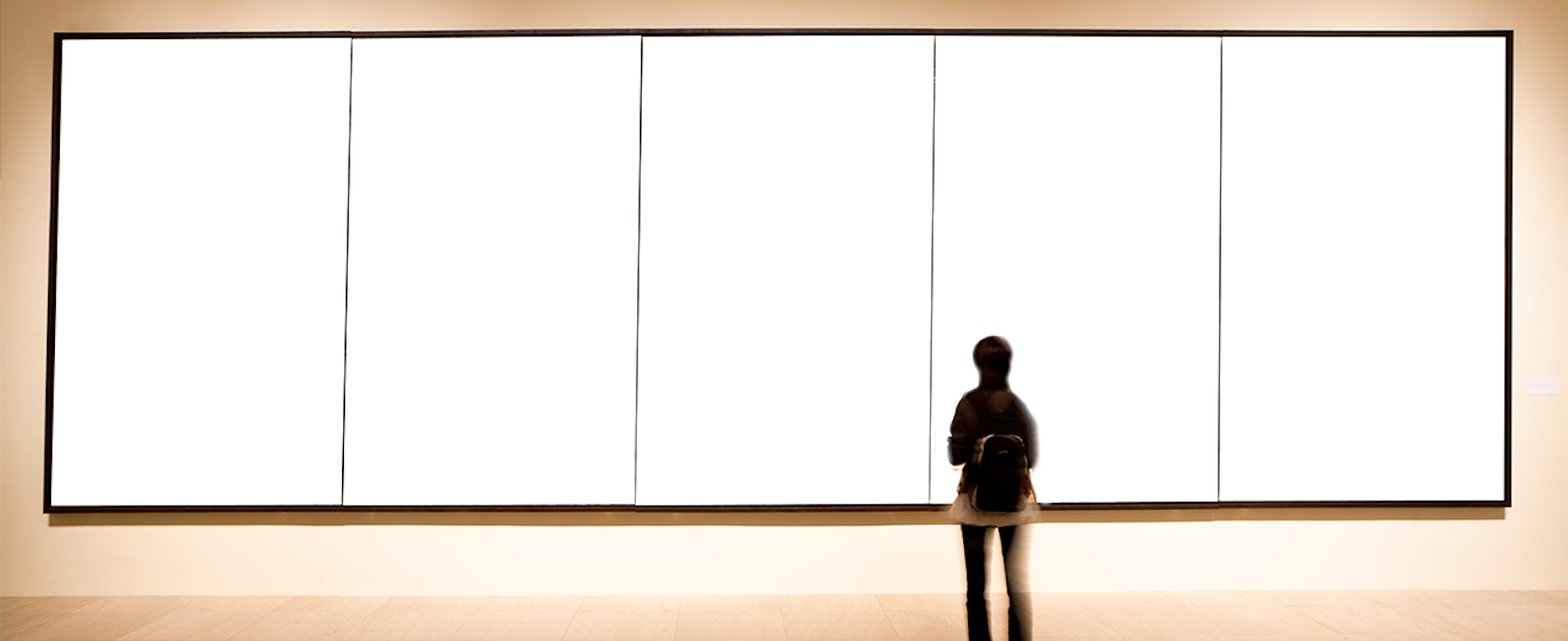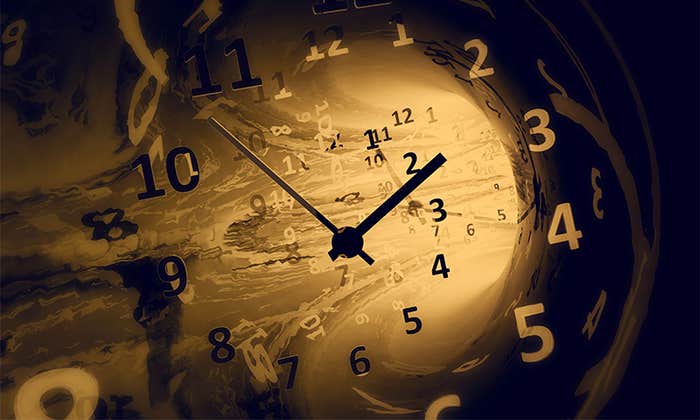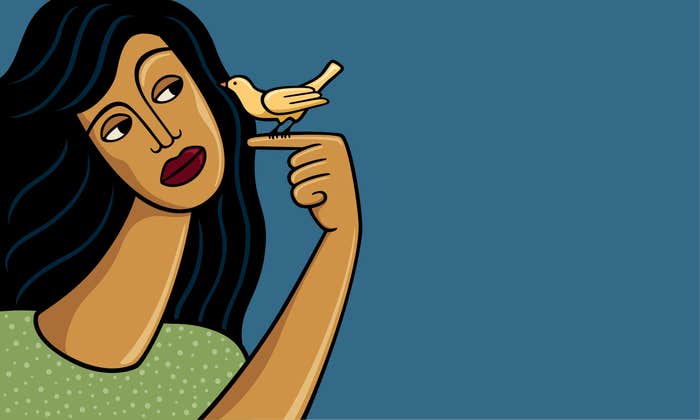Describing ourselves in the language of neurobiology has got to be one of the stranger trends in our medical age. I’m depressed because my serotonin levels are low. I cried in the movie because the grieving mother activated my mirror neurons. The dopamine boost from the pinot noir planted me in a garden of bliss. For one thing, simplistic explanations for multivalent situations are a license to charlatans to ring up their cash registers with nostrums for happiness and longevity. More consequently, defining our behaviors in the confines of the brain is a pinched portrait of the ways the world draws out our potential like a conductor draws music from notes on a page. Get with it, people, you are more than your neurons.
This is the passionate point of view of Alva Noë, a professor of philosophy at the University of California, Berkeley, and author of lively books that counter the notion popular among the chattering classes that you are your brain. Noë’s books include Out of Our Heads, Strange Tools, and most recently, Learning to Look, a collection of short essays in which Noë upends theories, mostly hatched in neuroscience, that shortchange the richness of experience, especially the experience of art.
The boom in the past couple decades of popular neuroscience books has included a shelf of works about “neuroaesthetics,”—Noë’s bête noire—in which brain science is enlisted to explain why and what in art turns us on. In Learning to Look, Noë writes, “If you define neuroaesthetics as the use of neuroscience to explain art and aesthetic experience, then it is not surprising that neuroaesthetics fails: art just isn’t a phenomenon (neurological or experiential) to be explained by neuroscience, psychology, or any other empirical science; it is, rather, a mode of questioning and inquiry.”

I’m not sure I agree. Reading around in neuroaesthetics has granted me a look inside my brain to see how the biochemistry of emotion and memory have colored my responses to, say, Gustav Klimt, or explained the rush of feeling in tune with a great band or orchestra. Knowing a little about how my brain works has helped me understand why one work of art means more to me than another. That insight has deepened my appreciation of art and even showed me a thing or two about myself.
When I told Noë in a recent interview that neuroaesthetics could be a path of inquiry, he didn’t protest. He just corrected me by saying that my desire to explore what I was seeing was an act of philosophy. Neuroaesthetics was a pretentious guide I met along the way, who wanted to take credit for a destination I found on my own. That was just the beginning of my conversation with Noë, whose testimonies for art were uplifting in a time when the world seems to have fenced us in. Don’t let science, Noë was saying, take away the power of art to free our minds.
What’s your problem with neuroscience?
Let me say that the conception of the human being that cognitive science, which broadly encompasses neuroscience, works with, is ridiculously impoverished. “The brain is a computer.” “Our minds are inside of us.” “Each of us is a brain in a vat.” There’s just a whole series of pictures that represent us as solitary aliens, islands unto ourselves. Neuroscience desperately needs to develop richer, more positive ways of understanding what it is to be human.
In popular science, anyway, neuroscience seems to be the new language of self-awareness.
It’s the new jargon. I hear people all the time say things like, “Oh, yeah, I have prefrontal issues.” “My limbic self is fine but prefrontally I need a lot of help.” These just become pictures. And it’s not as though we really understand rationality or decision-making in terms of the prefrontal cortex. Thanks to popular science, neuroscience offers an on-the-shelf account of personality, emotions, memory, perception, consciousness, sex, gender, love. But these are all profoundly fraught areas. There’s a kind of cultural hegemony of neuroscience—even though this is probably a disease of the educated classes—that’s a form of ignorance. It’s a lack of irony, a lack of sophistication about the fact that science is a work in progress. Neuroscience is a work in progress, the human being is a work in progress.
What is neuroscience doing to art?
It’s domesticating and damaging it. Art is revolutionary. It’s the seed. It’s where humans break the molds, which we have created for ourselves. Science is where we test hypotheses. That requires precision, that requires definitions, that requires regimentation. In the domain of aesthetic experience, there’s something intellectually bullying about neuroscience. A priest tells you, “Here’s the truth about you.” Neuroscience says, “Here’s the truth about you.” What is it about the prestige of science that makes so many of us want to say, “Oh, yes, that’s the truth about me: I really am just a brain. I really am just a collection of snap, crackles, and pops in my nervous system.” I don’t have a good answer to that. But it seems part of the cultural crisis of doubt and mistrust we’re in now.
Art is revolutionary. It’s emancipatory. It’s where humans break the molds, which we have created for ourselves.
You know better I do that bookshelves and airwaves are populated with declarations like “you are your brain” and “you can heal your life by healing your brain.”
Right. And now the colonialist impulse of neuroscientists is to explain art because they’ve already explained what a human being is. We’re more likely to learn what it is to be a human being by trying to understand art better. We’re more likely to frame plausible biological conceptions of human beings by trying to understand art.
What’s wrong with a neuroscientific approach to art?
Art is always asking questions. “What am I?” “Why do I matter to you?” “Bring me into focus.” Neuroscience, like any science, needs to define its terms and stipulate what it’s looking at and what it’s investigating. Its idea is that art triggers something in you, which makes an artwork nothing but a trigger. But artworks aren’t triggers, they’re opportunities. Opportunities for bringing the artwork into focus. Opportunities for bringing yourself into focus. Art is an opportunity for conversation, for looking and thinking. That’s where the aesthetic experience is.
Why can’t neuroaesthetics help with the experience of art?
Neuroaesthetics doesn’t have the resources to differentiate works of art from other perceptual stimuli. It essentially investigates a class of stimuli that it arbitrarily calls art. If looking at a Mondrian is interesting because it activates the color experience in my brain, well, so is looking at this highlighter pen. It’s true that I couldn’t see a Mondrian if not for my color-sensitive perceptual capacity. But I want to know, “What makes the Mondrian artistically interesting and the pen not?” I don’t think neuroaesthetics has imagined a way to answer that question.
But neuroaesthetics does answer some of the questions that art asks us. It shows us how art can activate our senses, emotions, and memories.
A painting may trigger low-level mechanisms in the visual system, the same mechanisms that the visual world triggers, forcing you to experience what’s depicted in the picture. But with more abstract works like Cy Twombly’s art or some 20th-century experimental music, there aren’t low-level cues that drive you to one state or another. You rely on your emotional associations and memories to make something of it. But in the cases of both traditional, representational art, and 20th-century expressionist or conceptual art, you’re left with the question, “What is the source of its value?” You’re never going to reduce that to a theory of memory or to a theory of neural processing.
After all, there’s never any right or wrong way to see art. There’s no procedure for deciding between them. Aesthetic arguments between people are ways of trying to put into words what they’re seeing, what they’re encountering. And the very act of doing that changes the way they experience what they’re encountering and can also persuade other people to experience it that way too. But it’s not as though one of them is seated with the stick of truth and tells you, “This is beautiful, and this is why it is beautiful. The gender and politics of the artist matters, and the surrounding social and political culture of making the art matter. But this is just more information to reflect on. The same with neuroscience. It’s a domain in which we think about ourselves and try to frame conceptions of what it is to be a person. What I deny is that neuroscience is the aesthetic arbiter.
There’s something intellectually bullying about neuroscience. Like a priest, it tells you, “Here’s the truth about you.”
You mention conceptual works, and I must say, I can be profoundly moved by them. Do you know the artist, Robert Ryman? When I walk into a gallery of his white paintings, I’m blown away.
I know what you mean. We all talk about how moving a work of art is. But this language of “I was so moved” is a limited diet of aesthetic appreciation. It’s a natural move for neuroscientists to make. They treat an emotional reaction as a proxy for aesthetic significance. They put some sort of a device on you and measure your galvanic skin response, or your heart rate, or some other neurological correlate of being moved, and say, “Look, we’re now tracking the art experience.”
What’s so interesting about your experience with Robert Ryman is that most people who walk through a gallery of his paintings don’t notice anything. The natural first experience is, “What? These are all the same?” You have to interrogate yourself. “What’s going on here? What should I see?” “Who am I here?” You have to work. And that work is perceptual, it’s cognitive, it’s emotional. You are informed by your knowledge of the history of art, so it’s embedded in a rich cultural context. You could view Ryman’s work as saying, “Stop, slow down. See what happens when you ask a question. What is this wall of white paintings?” So that’s the kind of aesthetic experience I’m talking about. It’s social, cultural, perceptual, emotional—all elements of a larger story.
I love art that says, “Stop, slow down.”
I’m really interested in the way all our experiences are aesthetic experiences. If I ask you to describe what you see now, what you hear now, what you feel now, what I’m asking you to do is relate to it as you would relate to a work of art, as if you were trying to describe it. There’s such an open-ended, multimodal richness to even the simplest experience. If you try to make that experience a subject of inquiry, then you realize that it’s a rich aesthetic opportunity, just like a work of art. The act of reflecting on your experience is creative and productive, in the way that aesthetic experience is. See what I’m saying?
I do.
The reason I’m mentioning this is that neuroscience sweeps all that under the rug as, “This is what happens in your brain when you see.” As if we even know what seeing is. I see a red patch against the blue background. Or I see Kevin. Well, that under-describes visual experience. Experience for me has a hidden, almost fractal multiplicity to it. If I say I have an experience of the setting sun, that’s just the first step in what could be a conversation of unpacking what I’m seeing. This goes to the point of whether neuroscience can explain art, can explain this experience. I think, on the contrary, that art and aesthetics underpins neuroscience. Neuroscience thinks it’s doing science when really it’s participating in aesthetic conversation.
Do you think neuroscientists themselves see it that way?
I will say that when neuroscientists reflect on their own projects, they tend to have individualistic ways of understanding what they’re doing. “Your mind is in your head and the world is a product of the working of your brain.” “Your brain confabulates this reality that we only seemingly share.” “All you’ve got is the input to those cells.” That’s a very isolating trend. Art has no presuppositions. Art takes the presuppositions that we have and disrupts them. Art questions everything. That’s why I don’t think you can say that aesthetic significance has to do with emotional response, because art questions emotional response. It’s also worth emphasizing that the natural setting for art is a social one. I don’t just mean that art is a social practice or is displayed in museums or cultural institutions. A major part of what informs my ability to see an artwork is my conversation with you about it.
I like your line, “Finding the words to articulate your aesthetic response is itself a creative act.” Say more.
That’s creative work. That’s turning the artwork on. Each of us turns the artwork on. A lot of the work we’re doing is questioning ourselves. We might not be doing it consciously, but we’re breaking our own habits of thinking and looking and labeling and trying to see something in a new way. To see in a new way is to be a new kind of person. We use art to evolve ourselves.
I would say that’s why art matters.
I would too. Art matters because art is the most profoundly effective method we have for exploring who and what we are. The ways we explore ourselves through art not only unveil us to ourselves but do so in ways that make us different.
That brings up the fascinating question of what’s so special about art in the realm of human experience?
The way I want to answer is in a romantic or dramatic sounding way. The distinctive feature of human life, and this is maybe a feature of all life, is that it is organized. It is regimented, it is habitual. Whether at the cellular level, the organismic level, or the cultural level, there’s a way in which we’re all slaves to the ways we need to be, to live, to get along. So much of what we do is the deployment of habitual ways of being and acting. Art is the spoke in the wheel of organization. Art has an emancipatory role in our lives. Art makes it possible for us to be different from the ways we already are. The artist doesn’t just sing to summon the community together in a song. The artist makes the fact that summoning people together in a song is something to pay attention to. And once you start paying attention to it, you can start tweaking it. And we get the opportunity for doing things differently. I don’t think it’s possible to free ourselves from habit or organization altogether, but we can change and reorganize ourselves. Art is the work of self-understanding that carries in its wake the possibility of change. ![]()
Kevin Berger is the editor of Nautilus.
Lead art: wxin / Shutterstock


























